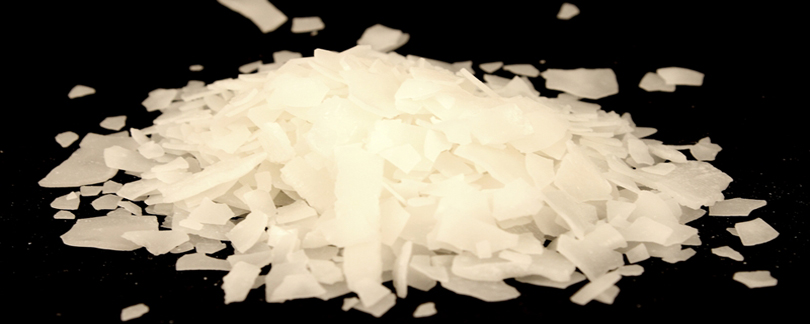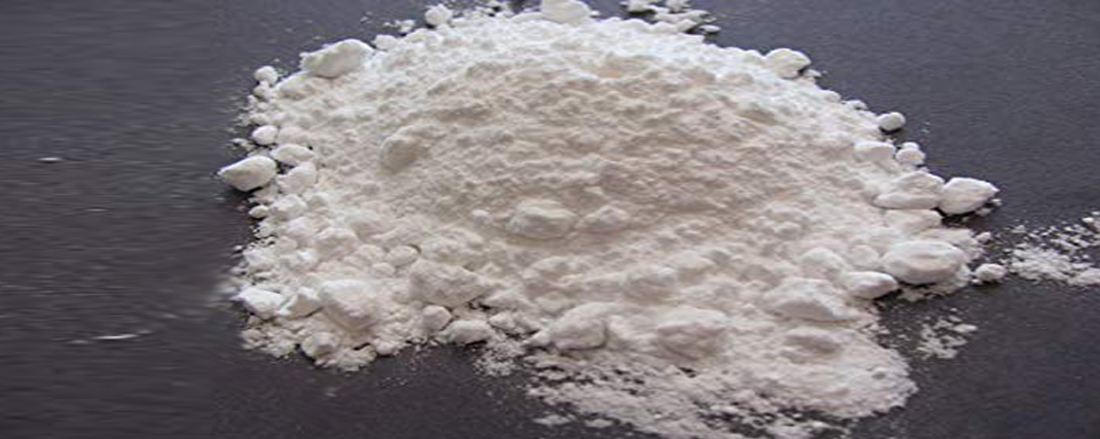L ASPARTIC ACID FOR BIOCHEMISTRY
Aspartic acid comes in two forms: L-aspartic acid and D-aspartic acid. L-aspartic acid becomes part of proteins synthesized in the body and is responsible for encouraging the production of antibodies that support the function of the body's immune system. D-aspartic acid is not used to synthesize proteins.
Aspartic acid, is an α-amino acid that is used in the biosynthesis of proteins. Like all other amino acids, it contains an amino group and a carboxylic acid.
Aspartic acid comes in two forms: L-aspartic acid and D-aspartic acid. L-aspartic acid becomes part of proteins synthesized in the body and is responsible for encouraging the production of antibodies that support the function of the body's immune system. D-aspartic acid is not used to synthesize proteins.
Aspartate has many other biochemical roles. It is a metabolite in the urea cycle and participates in gluconeogenesis. It carries reducing equivalents in the malate-aspartate shuttle, which utilizes the ready interconversion of aspartate and oxaloacetate, which is the oxidized (dehydrogenated) derivative of malic acid.









